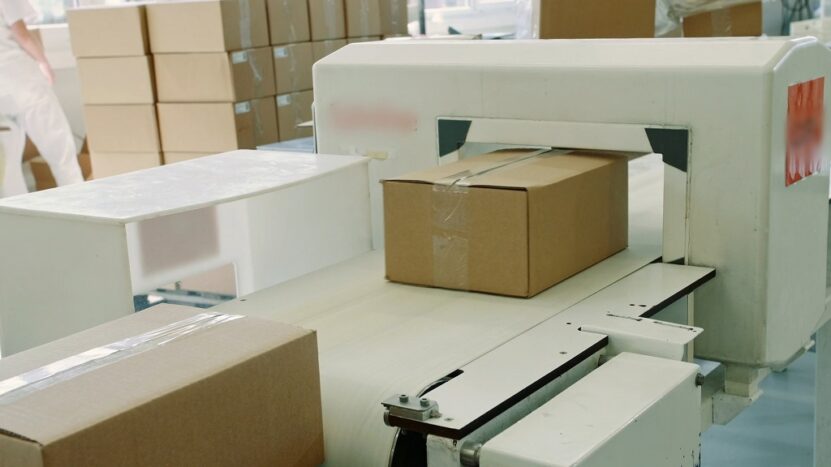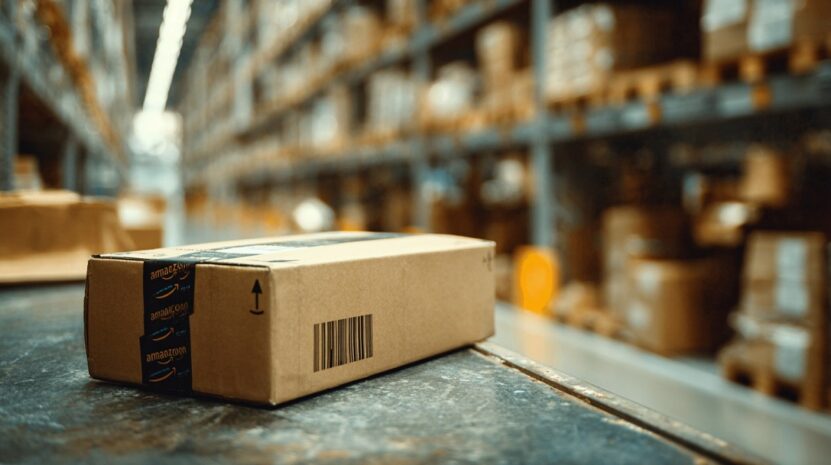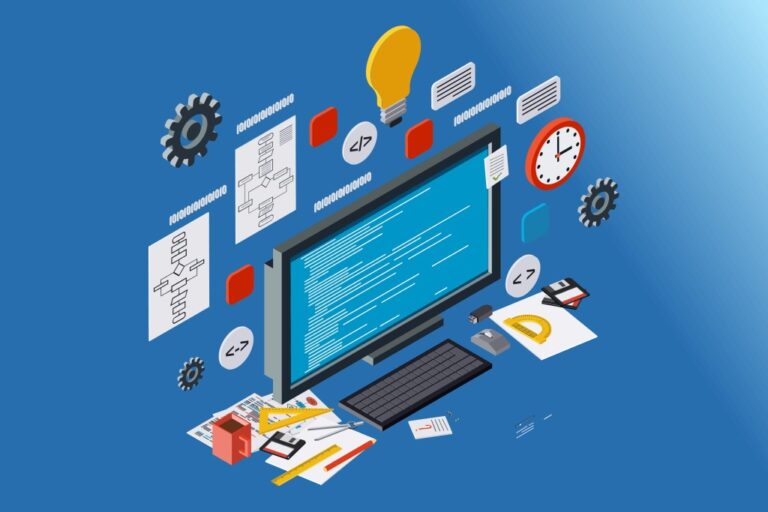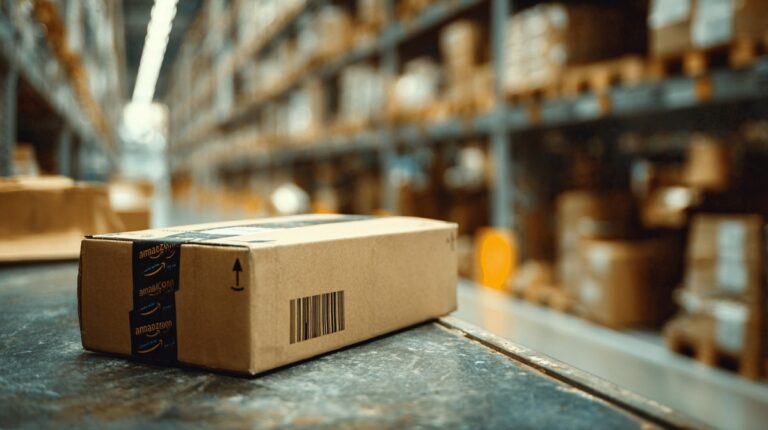Amazon FBA sellers scale faster when they treat inventory and logistics as performance systems, not background operations.
The ability to maintain optimal stock levels, reduce fulfillment delays, and lower per-unit logistics costs directly determines how quickly a seller can grow revenue without losing profit.
In 2025, the average FBA seller with an efficient inventory cycle turns stock every 45–60 days and saves up to 18% in logistics and storage costs compared to those relying only on Amazon’s network.
By contrast, sellers with poor stock visibility face slower restocking times, rising FBA storage fees, and sudden stockouts that can drop product rankings overnight.
Scaling, therefore, depends on three measurable levers:
- Data-based forecasting and replenishment.
- A hybrid logistics model using both FBA and external prep centers.
- Continuous optimization of shipping, packaging, and handling costs.
Why Inventory and Logistics Determine Growth Speed

Efficient logistics allow you to handle more orders without expanding your workload. A well-structured inventory system gives you the control needed to maintain profit margins while expanding to new markets.
Amazon’s fulfillment network rewards precision. When sellers overstock, they pay extra fees for long-term storage. When they understock, their rankings and Buy Box eligibility drop.
The key is to operate within an optimized flow that minimizes idle stock while keeping enough availability to sustain sales momentum.
| Key Factor | Impact on Growth | Optimal Practice |
| Sell-Through Rate | Determines inventory velocity and storage efficiency | Keep between 2.0–4.0 for fast-moving SKUs |
| Days of Supply | Balances cash flow and sales coverage | Maintain 30–60 days average stock |
| Lead Time Variability | Affects reorder accuracy and shipment scheduling | Record actual lead times per SKU monthly |
| FBA Storage Fees | Reduce profit if inventory stays over 90 days | Use external storage for slow movers |
By keeping these metrics updated, you can expand operations with less risk and higher return on each shipment.
Optimizing Inventory for Predictable Scaling

The biggest limitation for growing sellers is poor stock forecasting. You can only scale if you know how much to order and when to reorder. The process requires combining demand forecasting, safety stock, and reorder timing.
Forecast and Adjust Monthly
- Use 12-month rolling data to identify peak months and low-volume periods.
- Factor in planned discounts or PPC boosts that can alter demand.
- Add a 10–20% safety buffer only for SKUs with unstable lead times.
Use a Defined Reorder Point
A basic formula can maintain consistency across your catalog:
Reorder Point = (Average Daily Sales × Lead Time) + Safety Stock
Offload Excess or Aged Stock
Amazon considers stock over 90 days “excess.” To avoid paying extra storage:
- Move old units to external storage or a prep center.
- Repackage or bundle them with fast sellers.
- Use short-term clearance or coupon campaigns to clean up space.
A clean inventory structure directly improves your IPI (Inventory Performance Index), allowing more storage space during future growth phases.
Using Prep Centers and 3PLs to Expand Smoothly

At higher sales volumes, sending everything directly from your supplier to Amazon becomes inefficient.
Partnering with a prep center or third-party logistics (3PL) service allows you to scale faster by splitting storage, compliance, and labeling tasks.
Benefits of Prep and 3PL Integration
- Pre-inspection and labeling prevent compliance errors and FBA rejections.
- Lower long-term storage costs compared to keeping everything inside FBA.
- Quicker restocking, products can move from 3PL to Amazon within 48 hours.
- Freed-up time for sourcing and marketing instead of managing cartons.
Optimal Stock Distribution Example
| Location | Purpose | Typical Stock Level | Cost Impact |
| Amazon FBA | Active sales inventory | 30–60 days of supply | Higher fees, faster turnover |
| Prep Center / 3PL | Reserve inventory, overflow, inspection | 2–3 months’ buffer | Lower cost per cubic foot |
| Supplier Warehouse | Bulk inventory awaiting packaging | Remainder | Depends on the supplier contract |
A well-chosen prep center becomes an extension of your business, not just storage space. They handle labeling, bundling, and palletization based on Amazon’s exact specifications.
If you are searching for a reliable logistics partner, Dollan Prep Center offers compliant FBA prep, labeling, bundling, and domestic forwarding, which allows sellers to maintain fast replenishment cycles without excess FBA storage fees.
Streamlining Logistics for Consistent Growth

Your logistics chain directly affects scaling speed. Small inefficiencies carton dimensions, freight class, or warehouse routing, can add up quickly. Sellers aiming to scale should structure their logistics around accuracy, not just cost.
Optimize Inbound Shipments
- Combine supplier shipments into fewer full-truck or container loads.
- Pre-label and pre-bundle products before sending to Amazon.
- Use Amazon’s Partnered Carrier Program for discounted rates where available.
- Diversify inbound locations to multiple Amazon FCs if your audience is geographically spread out.
Manage Outbound and Returns Efficiently
- Create return routing through your 3PL instead of Amazon’s default.
- Use your prep center to recondition or relabel returned items.
- Track reasons for return (damage, description mismatch) to correct upstream problems.
Compare SPD vs LTL Costs
| Shipment Type | Ideal For | Volume Range | Cost Efficiency |
| SPD (Small Parcel Delivery) | Light products, quick turnaround | <150 lbs per shipment | Higher per-unit shipping cost |
| LTL (Less-Than-Truckload) | Larger shipments, replenishment | 150–15,000 lbs | Lower per-unit cost but slower delivery |
Selecting the correct method per SKU group can reduce your logistics cost by 10–20%.
Automation and Software Integration

Scaling requires real-time visibility. Automation tools can link supplier inventory, prep center data, and Amazon FBA dashboards. Modern systems also integrate AI forecasting models that adjust orders automatically based on recent trends.
Useful Integrations
- Inventory management tools like SoStocked, RestockPro, or InventoryLab.
- 3PL portals with API access to Amazon Seller Central.
- Freight and cost dashboards (e.g., Freightos, Flexport).
These integrations allow you to scale operations without multiplying manual work.
Key Levers That Accelerate FBA Scaling
| Focus Area | Common Problem | Smarter Approach | Result |
| Inventory Control | Overstock or stockouts | Rolling forecasts + safety buffers | Stable sales, less waste |
| Prep and Storage | Rising FBA storage costs | Hybrid FBA + 3PL model | Lower cost per unit |
| Shipping | High freight costs | LTL optimization + consolidated loads | 10–20% savings |
| Cash Flow | Capital is locked in slow stock | Reorder discipline + liquidation | More liquidity |
| Visibility | Manual tracking | Automated dashboards | Faster decisions |
Conclusion
Amazon FBA businesses scale successfully when inventory and logistics evolve as fast as sales. The sellers that grow the most are not those adding the most SKUs, but those who manage existing ones with precision. Smarter forecasting, hybrid storage setups, and logistics optimization build the infrastructure that supports sustained expansion.
By combining efficient prep centers, data-driven reorder strategies, and cost-controlled shipping, sellers gain the freedom to focus on what truly drives growth, product development, marketing, and customer experience.
Related Posts:
- Smart Financial Strategies Every Growing Company…
- How Many Insurance Policies Can You Have at Once?…
- Greek YouTubers and the Art of Building a Loyal Fanbase
- Top 9 Trade School Careers That Will Pay Off (And…
- What Is WIP in Accounting and How It Impacts Your…
- Mercantilism vs Capitalism - Key Benefits and…










